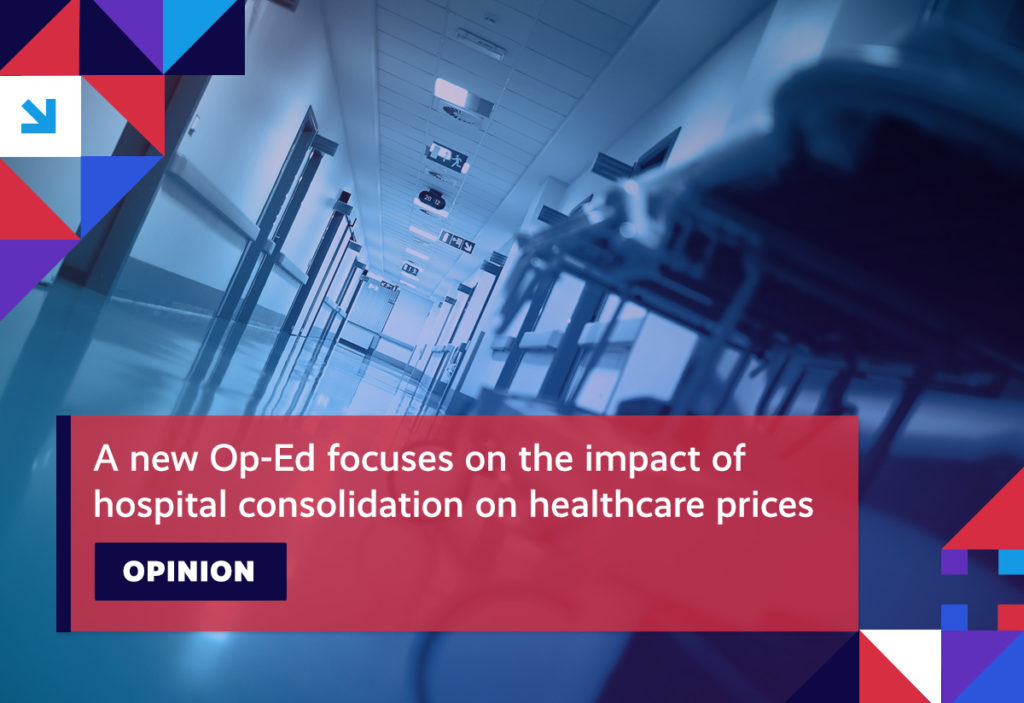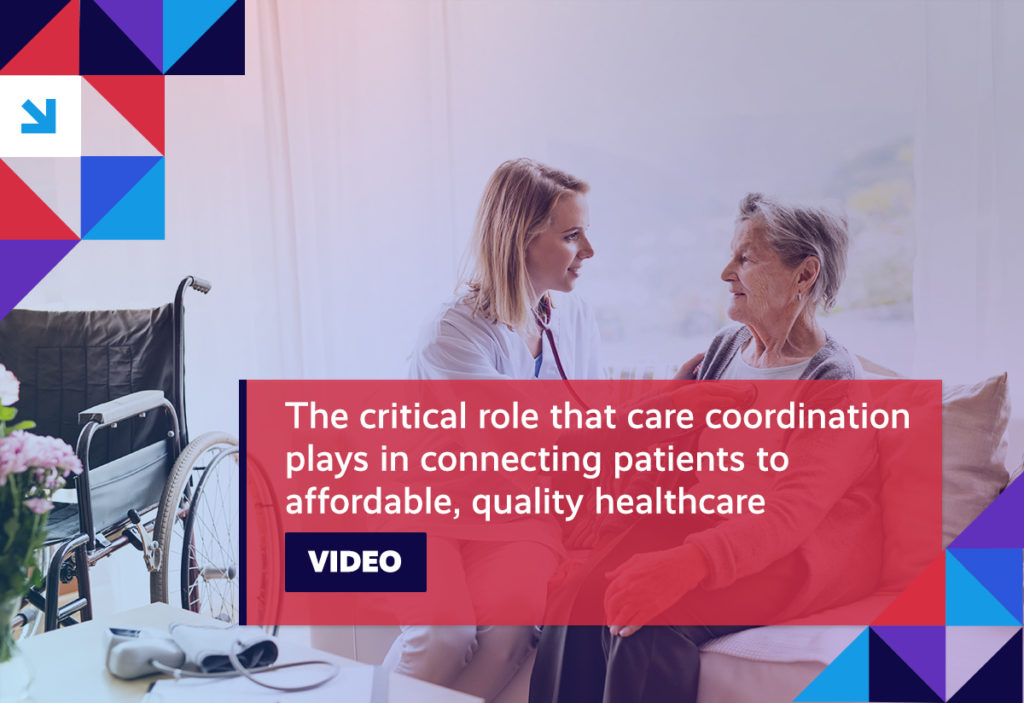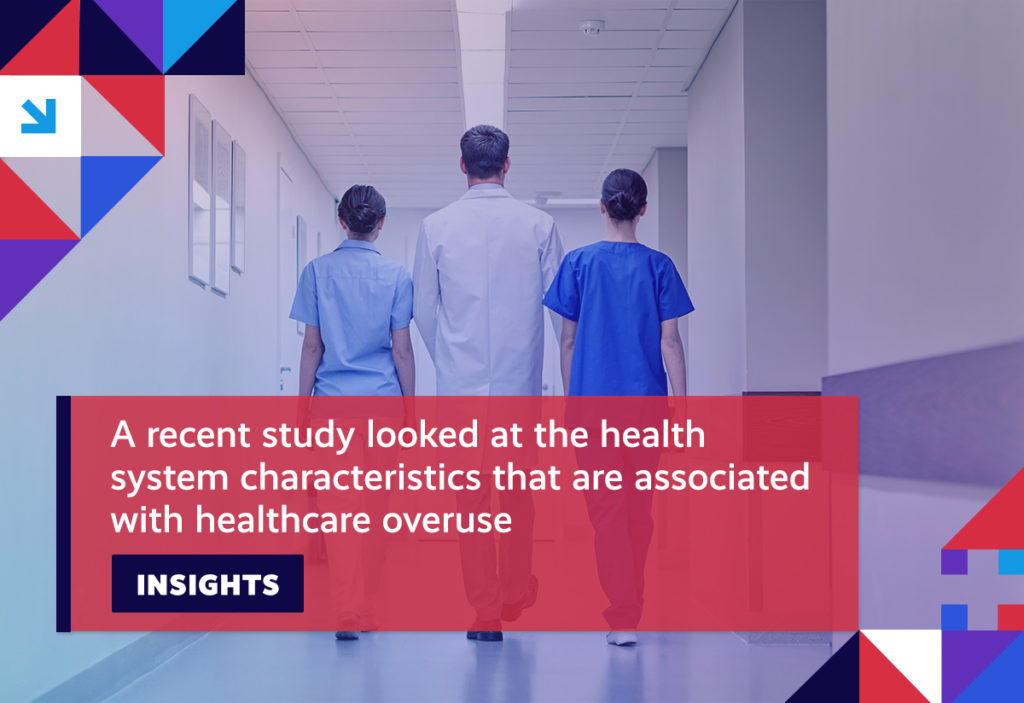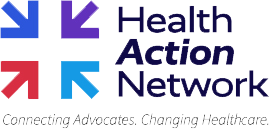A quick roundup of the issues driving the healthcare reform conversation.
Item of the Week

Week in Review
Rx PRICES Lawmakers and regulators look to focus increased attention on the drivers of high-cost prescription drugs heading into next year.
Quick takeaway: One group of stakeholders – specifically, the trade association representing pharmacy benefit managers (PBMs) – welcomes the focus, hoping the attention will allow for a reset of the dialogue surrounding the unsustainable trajectory of out-of-control drug prices.
Further context: Despite finding themselves the target of Big Pharma’s repeated attempts to distract from the role that drugmakers ultimately play in establishing drug prices, PBMs continue to concentrate their efforts on improving patient safety, outcomes, and affordability.
Experts have increasingly rallied to defend that value proposition, pointing out that attacking PBMs only serves to increase prices and worsen outcomes.
What it means: The pipeline of more expensive, specialty drugs coming to market brings greater urgency to addressing high drug prices. Despite making up just 2 percent of overall prescription volume, these medicines now account for more than half of all total annual pharmacy spending.
PRIVATE EQUITY Investor interest across the healthcare sector continues to reshape our delivery model.
Quick takeaway: On the surface, private equity investment in healthcare can offer some seemingly attractive benefits, such as a quick infusion of capital. However, there’s growing concern that private equity is far from a boon for the healthcare sector.
Further context: Last year, private equity firms invested more than $200 billion in over 1,400 healthcare acquisitions. But, these investments haven’t been without cost, as mounting evidence has shown that this increased penetration has led to higher prices and diminished quality of care.
And, it’s not just the care model that’s been impacted, as private equity and big banks have now looked to capitalize on the multibillion-dollar patient financing market, with one estimate showing profit margins of 29 percent – seven times what’s widely considered to be a solid hospital margin.
What it means: While the pace of investment this year is off 2021’s goldrush, private equity interest in the healthcare sector shows no signs of letting up. As it stands, at least 70 percent of all physicians in this country are now directly employed by a corporate-backed entity, in most cases, a private equity firm. Further, private equity-owned hospitals bring in nearly 30 percent more income compared to their peers by deploying a number of tactics to boost revenue, including:
- Cutting staff and supplies
- Billing for unnecessary services and upcoding claims
- Surprise medical billing
SURPRISE MEDICAL BILLING Despite protecting American consumers from millions of unexpected bills, opponents continue to challenge the No Surprises Act (NSA).
Quick takeaways: The NSA was established to protect consumers from the surprise medical bills that can often result when patients unknowingly receive medical care or services from providers outside their insurance network. Now, out-of-network providers unhappy with their payments from health plans can initiate the independent dispute resolution (IDR) process to resolve payment disputes. However, pending legal challenges threaten to exacerbate the growing backlog of claims currently awaiting resolution.
Further context: As featured in last week’s newsletter, since the NSA’s implementation at the beginning of this year, 9 million surprise medical bills have been prevented. These consumer protections have spared millions of American families from the financial instability that comes with these bills. Nevertheless, providers have sought to undermine these protections, taking issue with the manner in which disputed claims are to be resolved.
What it means: As highlighted previously, private equity firms have gone to great lengths to protect their ability to surprise medical bill patients, having long ago operationalized the tactic into their revenue-maximization stream. In fact, these groups have even formed a dark-money organization to further attack the consumer protections put forward by the NSA. But, stakeholders – including employers, patient groups, insurers, and economists – have all rallied in defense of the NSA, in particular, the essential guardrails it establishes for the IDR process.

CARE COORDINATION State prior authorization regulations have negatively impacted programs.
Quick takeaway: A new survey sought to assess the impact of state prior authorization regulations on these care coordination programs. More than two dozen health plans across the country, covering 122 million commercial lives, responded, with three-quarters of them reporting that these regulations negatively impacted their programs.
Further context: Other important takeaways from the survey:
- These programs are evidence-based.
- They are reviewed at least annually.
- Some of the most common treatments subject to these programs are also some of the most expensive, including specialty drugs, elective inpatient medical and surgical services, and high-tech imaging.
What it means: At its most basic, prior authorization is aimed at enhancing care coordination – in other words, ensuring that patients are connected to the right care, based on clinical evidence, and informed by medical guidelines, cost, and utilization, and other key factors. While opponents have sought to frame prior authorization as creating unnecessary barriers between patients and their care, stakeholders point to care coordination as being an essential tool in the larger effort to eliminate waste, fraud, and abuse in our healthcare system.

Spotlight

| You can keep up with the latest by following the Health Action Network on Twitter and by liking us on Facebook. And, be sure to check us out on LinkedIn, too. As always, let us know if there’s something you’d like to see covered in a future newsletter. |
